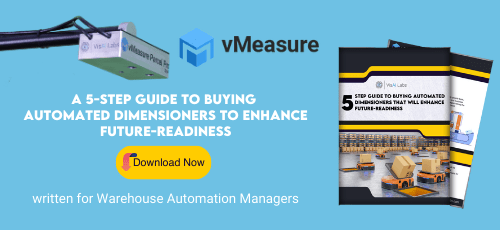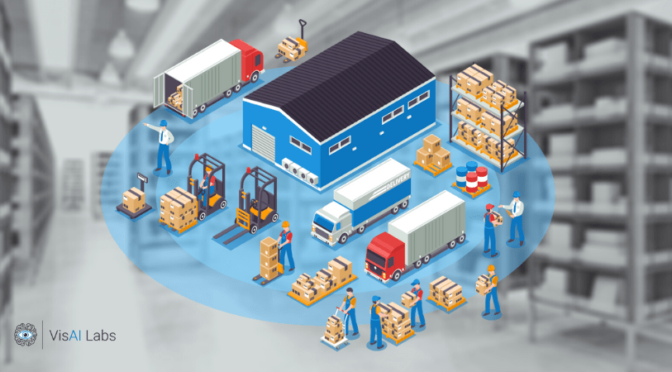Summary
- Supply chains are constantly on the hunt for new warehouse technologies that can give them a competitive boost.
- The recent survey projects that nearly 63 percent of businesses do not use technology to track supply chain efficiency.
- By bringing-in automation to the warehouse, we can effortlessly raise the efficiency and accuracy of iterative and less exciting tasks.
- This blog will include an in-depth overview of how supply chain automation is redefining the future of warehouses.
Introduction
“Almost all quality improvements come via simplification of design, manufacturing, layout, processes, and procedures” the words by Tom peters precisely define the term redefining.
eCommerce warehousing has become the newest buzzword across the globe. Warehouse automation has become a gamechanger in supply chain management. Presently, most business firms are planning to turn digital to optimize the working framework to foster and maintain workflow consistency. As a result, several warehouse industries have begun to redefine the functional ecosystem by embracing various automation like automated dimensioning systems, smart robots, and drones to their warehouses.
Transforming supply chain management towards digital
How can supply chain automation add value to all size warehouses?
- Improve workplace safety:
Ensuring safety in the workplace is the one pivotal part we need to address immediately. By providing better workplace safety with automation, we can engage employees to perform warehouse operations efficiently.
- Increased operational efficiency:
Warehouse automation isn’t meant to replace manual labor, but with the appropriate technology, we can shove the warehouse’s productivity. In other ways, we can use automation for various iterative and complex tasks, where the warehouse personnel spend more time to complete the tasks at the different steps of the order fulfillment process. Manual operations are bound to make errors at times, which is quite natural. But with the relevant automation, we can shoot up the operational competence in the warehouse.
- Reduced costs:
In most warehouse and distribution centers, several employees perform similar tasks at different shift bases every day; by installing suitable automation, we can promptly reduce the iterated manual works and boost up the warehouse potency effectively.
Top warehouse technologies for 2021 that will reshape supply chain automation in a significant way
1. Automated dimensioning systems
- Improved future capacity planning:
In the world of warehouse supply chain, space is the capital. The entire space allocation plan would fall apart if the measurements are incorrect. Centering the fact, we can position the automated dimensioning systems in the warehouse and distribution centers to scale-up the warehouse profitability by utilizing the space. These dimensioners help in planning and reorganizing the existing place within the warehouse for future capacity planning.
- Reduced manual errors:
In traditional dimensioning, warehouse associates utilize tape and ruler to calculate the dimensional measurements to estimate the product size, this is time-consuming, and in certain situations, incorrect dimensional information contributes to excessive shipping chargebacks. We can easily estimate dimensional details with 100 percent precision by acquiring automated dimensioning systems.
- Reduced shipping cost:
The most popular source of annoyance for warehouse owners and consumers is excessive shipping tariffs. We need to generate pertinent dimensional data of the product to eliminate this unnecessary conveyance expense. By bringing in the automated dimensioning systems to the warehouse environment, we can quickly get the product’s accurate dimensional data.
2.Autonomous mobile robots (AMR)
3. Autonomous Guided Vehicles (AGV)
AGV is otherwise known as automatic guided vehicles. This computer-controlled wheel-based technology is developed by a blend of software and sensor-based guidance systems. Automated carts, unit load, Autonomous Guided Vehicles, tugger AGVs, and automated forklift AGVs are various types of autonomous guided vehicles.
The notable benefits of deploying Autonomous Guided Vehicles to the warehouse include high-level scalability, increased safety, decreased maintenance costs, cost management, and automatic line balancing. The Autonomous Guided Vehicles aims to bolster manufacturing production lines, storage, recovery, and a variety of sorting and picking operations in warehouses and distribution centers.
Conclusion
To find out more, we encourage you to check out our company website at www.visailabs.com





